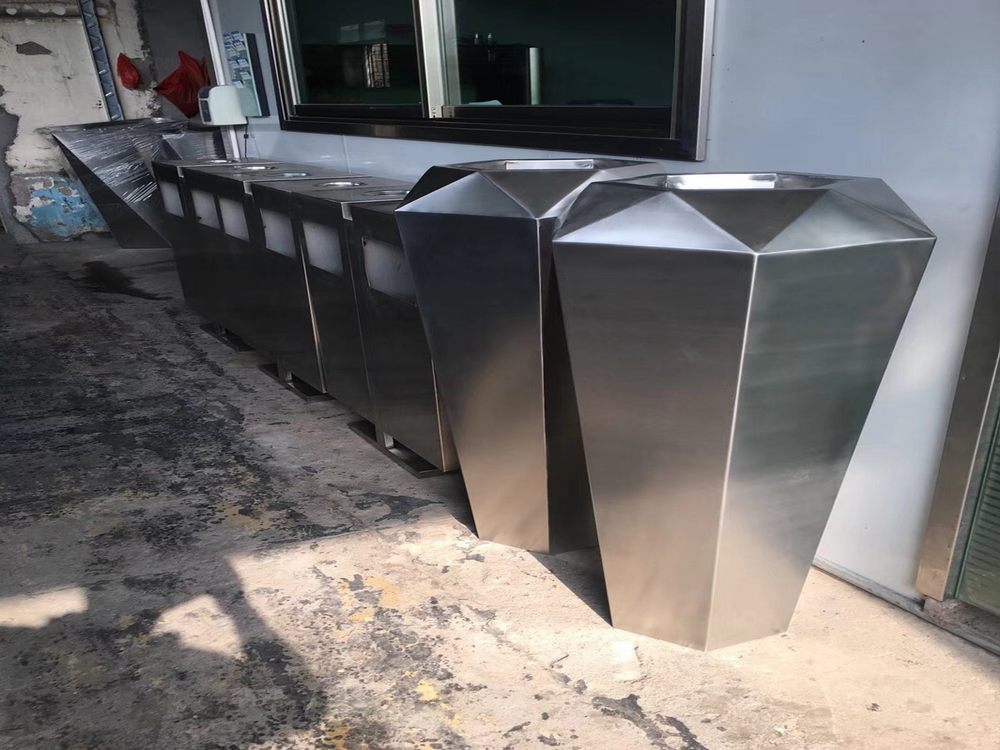
Restoring damaged or aged porcelain sculptures is a delicate and complex process that requires specialized knowledge and meticulous care. One of the primary challenges is the inherent fragility of porcelain, which can develop hairline cracks or fractures over time. These imperfections are often invisible to the naked eye but can worsen during handling or cleaning.
Another significant hurdle is matching the original glaze and color. Porcelain sculptures often feature intricate glazes that change chemically over centuries, making it nearly impossible to replicate their exact hue and texture. Modern materials may not bond properly with antique surfaces, leading to visible repairs or further damage.
Structural integrity is also a major concern. Older porcelain pieces may have weakened due to environmental factors like humidity or temperature fluctuations. Conservators must carefully assess whether to reinforce the sculpture internally, risking alteration of its original form, or leave it vulnerable to future damage.
Additionally, ethical dilemmas arise in restoration. Over-repairing can diminish historical value, while under-repairing may allow deterioration to continue. Experts must balance preservation with authenticity, often opting for reversible techniques that future conservators can adjust.
Finally, sourcing appropriate tools and materials poses difficulties. Many traditional porcelain-making techniques are lost or rare, forcing restorers to innovate while respecting the artwork's heritage. Each restoration project demands a unique approach, blending science, artistry, and historical research to protect these cultural treasures for generations to come.

